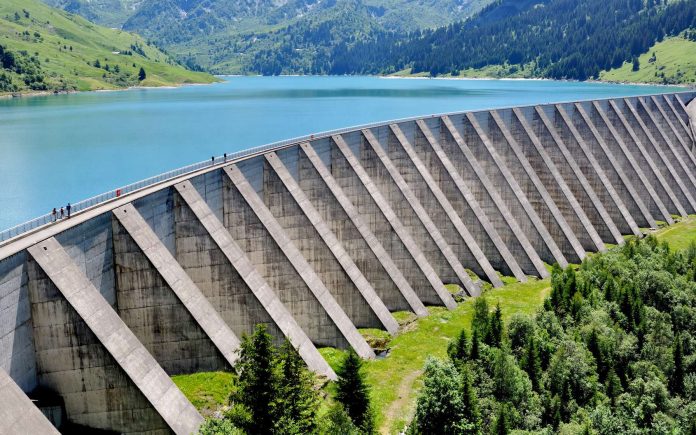Morocco’s Béni Mellal-Khénifra region is ramping up its water management strategy with the construction of two major dams that will collectively store up to 236 million cubic meters of water. These projects are a key part of the country’s broader 2020–2027 national plan for drinking water and irrigation, aimed at strengthening Morocco’s resilience in the face of growing water challenges.
The first of the two, currently under construction on the Oued Lakhdar river in Azilal province, has passed the halfway mark. With a projected capacity of 150 million cubic meters, it’s designed to support local agriculture, provide drinking water, and generate hydroelectric power. The second dam, to be built on the Oued Derna in Béni Mellal province, will hold 86 million cubic meters and serve the same multi-purpose role.
But the region’s water strategy isn’t relying solely on large-scale infrastructure. Localized efforts are also taking shape, including a network of smaller reservoirs. Twelve new small dams are slated for construction, while ten more are undergoing rehabilitation. Together, these projects represent an investment of 657 million dirhams. Among those currently underway are the Kikou dam in Foum Oudi and the Sidi Saleh dam in Semguet, both in Béni Mellal province. These smaller facilities are vital for irrigation, protecting communities from floods, and ensuring stable access to drinking water.
In Khouribga province, the Ait Moussa, Bouhmyer, and El Tlita dams are being developed to enhance local water supply while mitigating flood risks. Meanwhile, in Azilal, the Tlat Nouareb and Sidi Ali Ben Brahim dams are being built to help recharge groundwater supplies and support local farming communities, especially livestock breeders.
Khénifra province is also seeing a wave of new infrastructure, including the Had Bouhssoussen, Aguelmous, El Hammam, Azrou Nait Lahcen, and Sidi Amar dams. The Sidi Amar facility stands out with a storage capacity of 62 million cubic meters, placing it among the region’s major dams.
These efforts are all part of Morocco’s national water strategy, which rests on several key pillars: expanding dam construction, improving interconnectivity between river basins, and exploring alternative water sources such as desalination and wastewater reuse. In the Oum Er-Rbia basin, this plan takes on even greater significance. Home to 15 large dams capable of storing a combined 5 billion cubic meters—about one-quarter of the nation’s total reservoir capacity—this area plays a central role in managing Morocco’s increasingly strained water resources.
In Azilal, the scale of construction on the Oued Lakhdar dam highlights the region’s ambition. The main structure, a 110-meter-high roller-compacted concrete wall, will be reinforced by a one-kilometer-long secondary dam rising 30 meters. Together, these installations are designed not just to retain water efficiently, but also to shield the surrounding communities from the growing risks posed by water scarcity and climate change.





